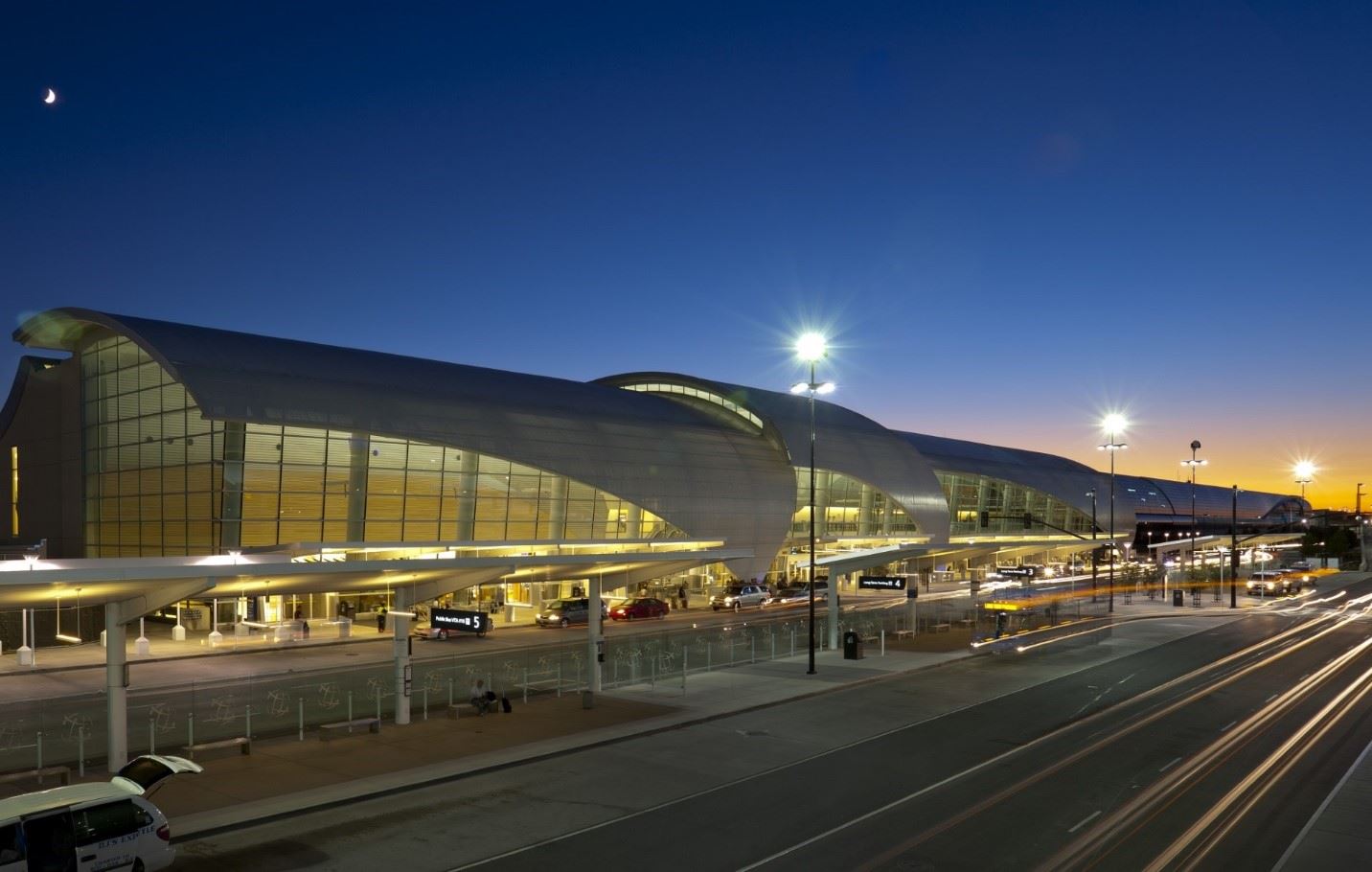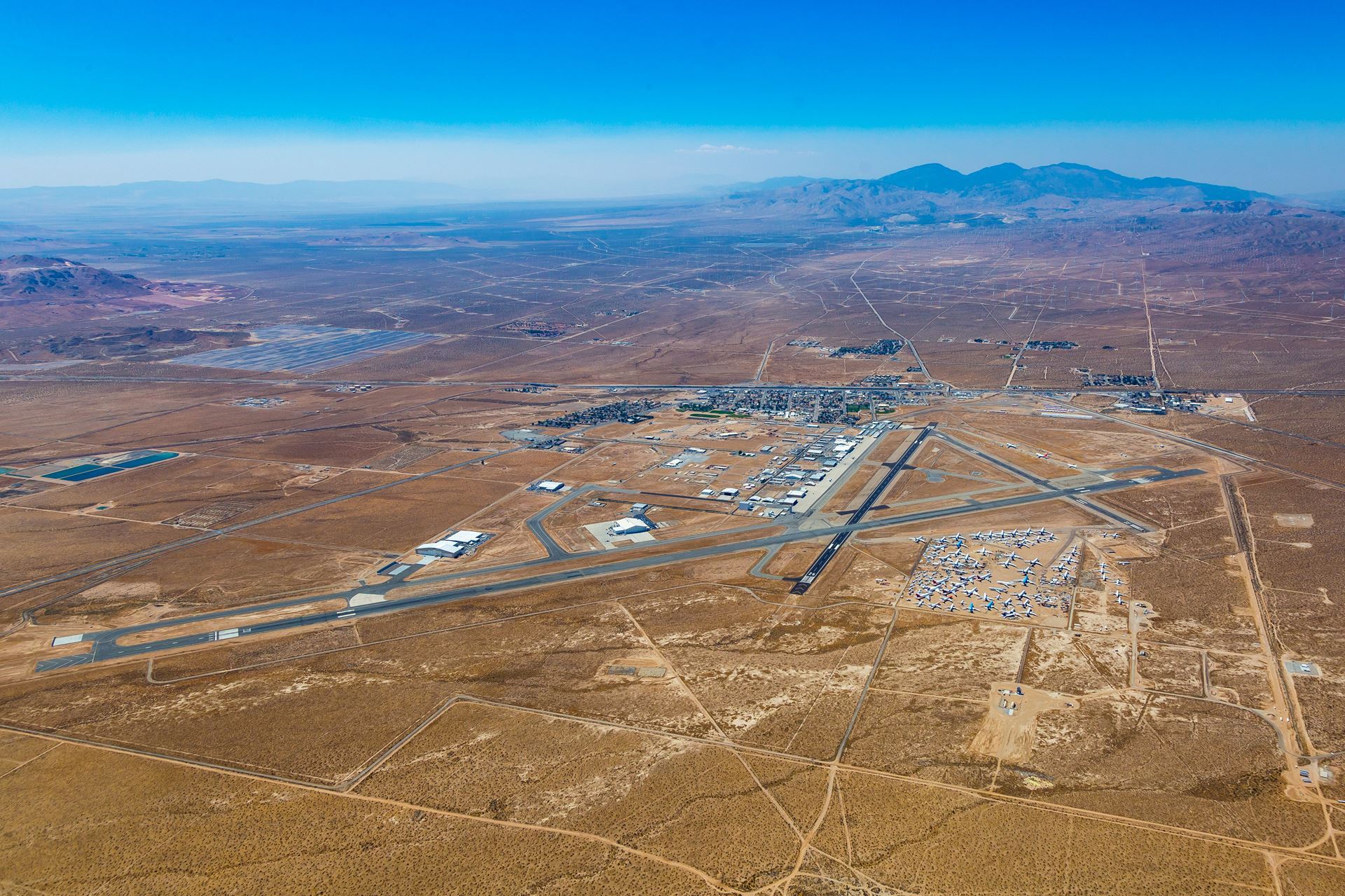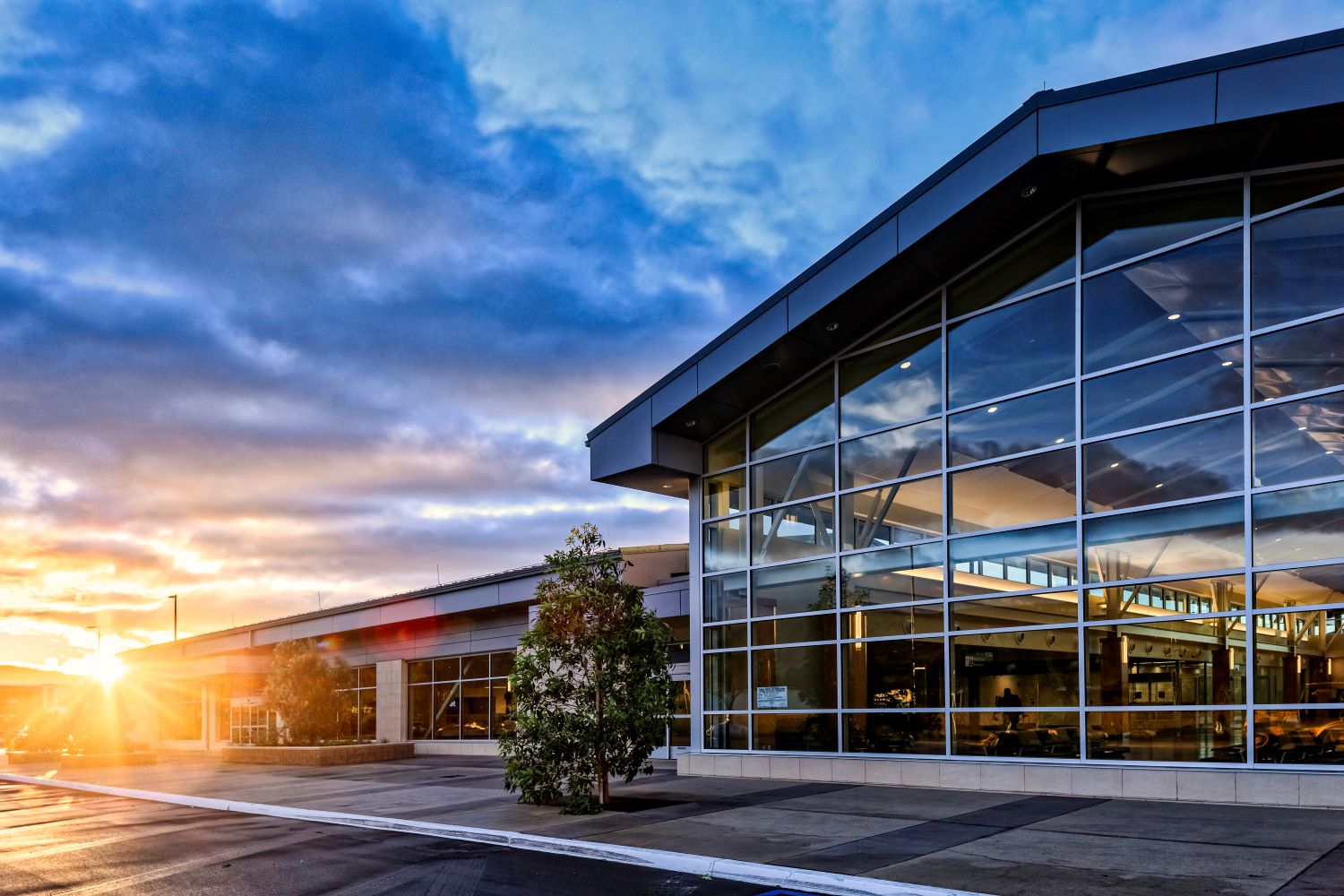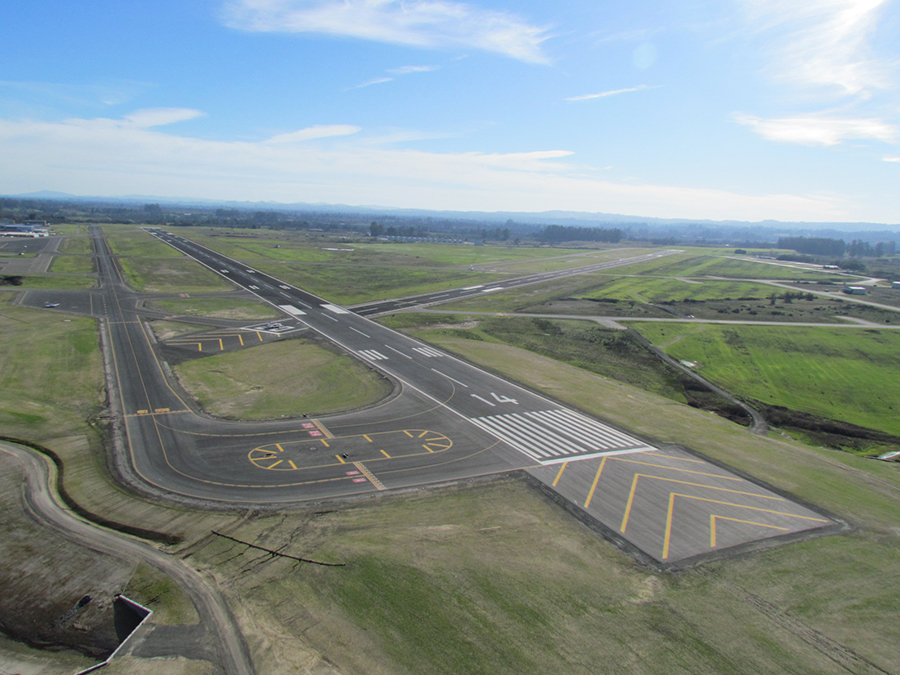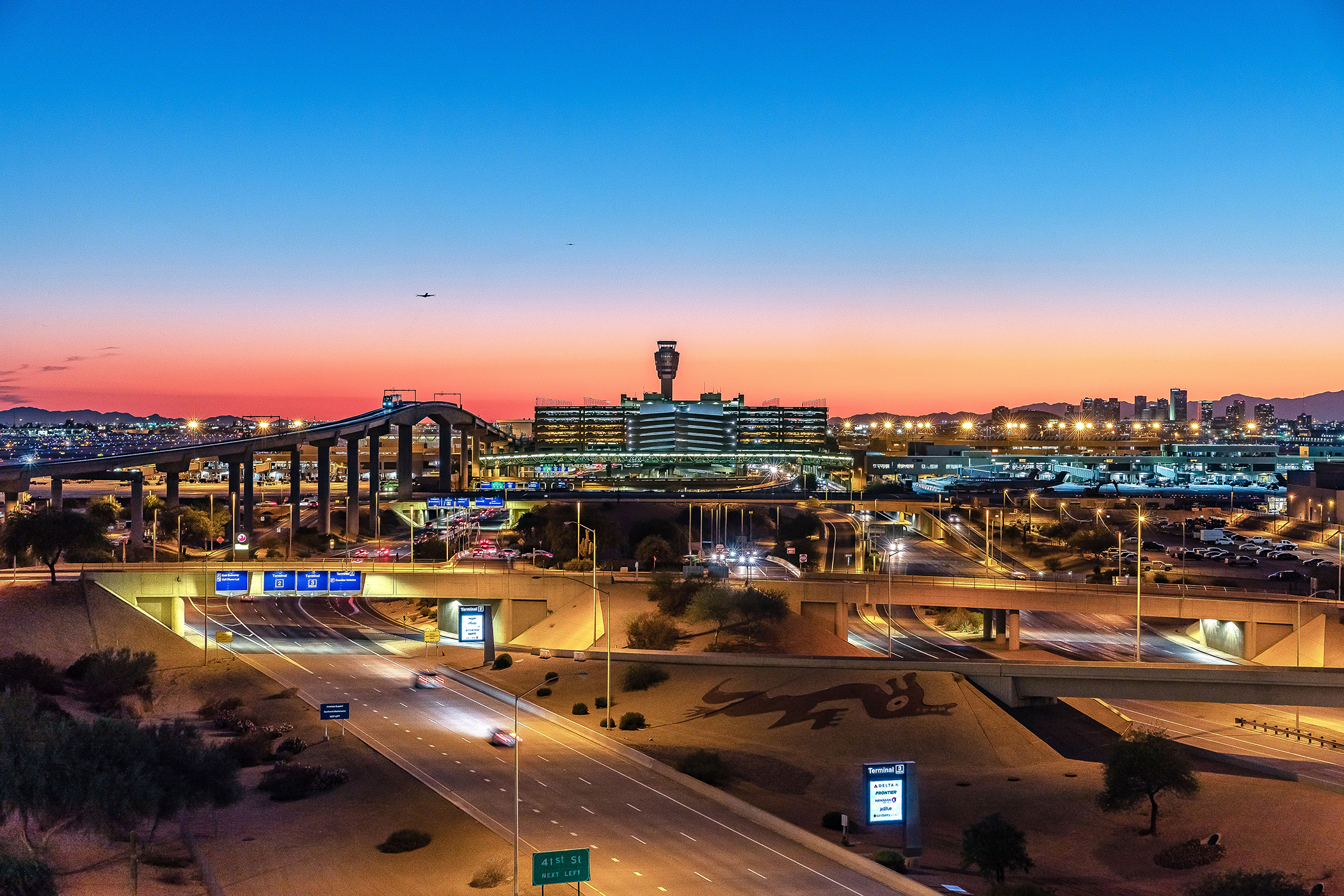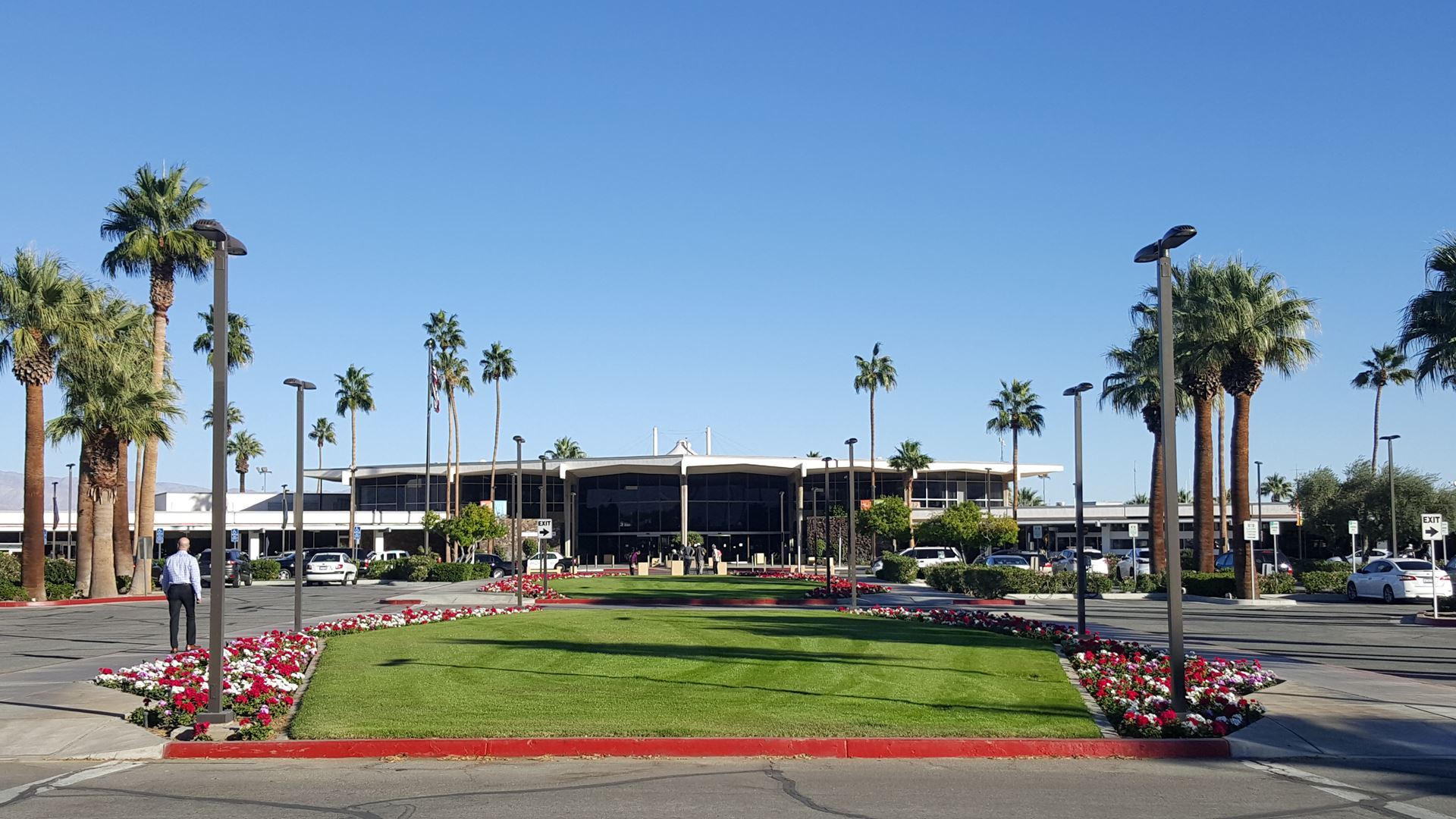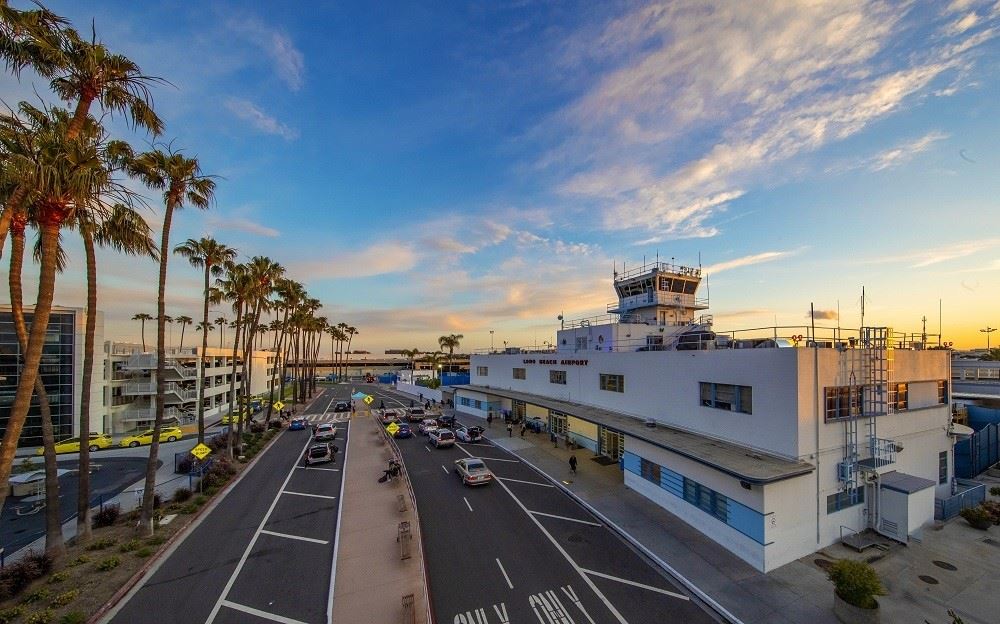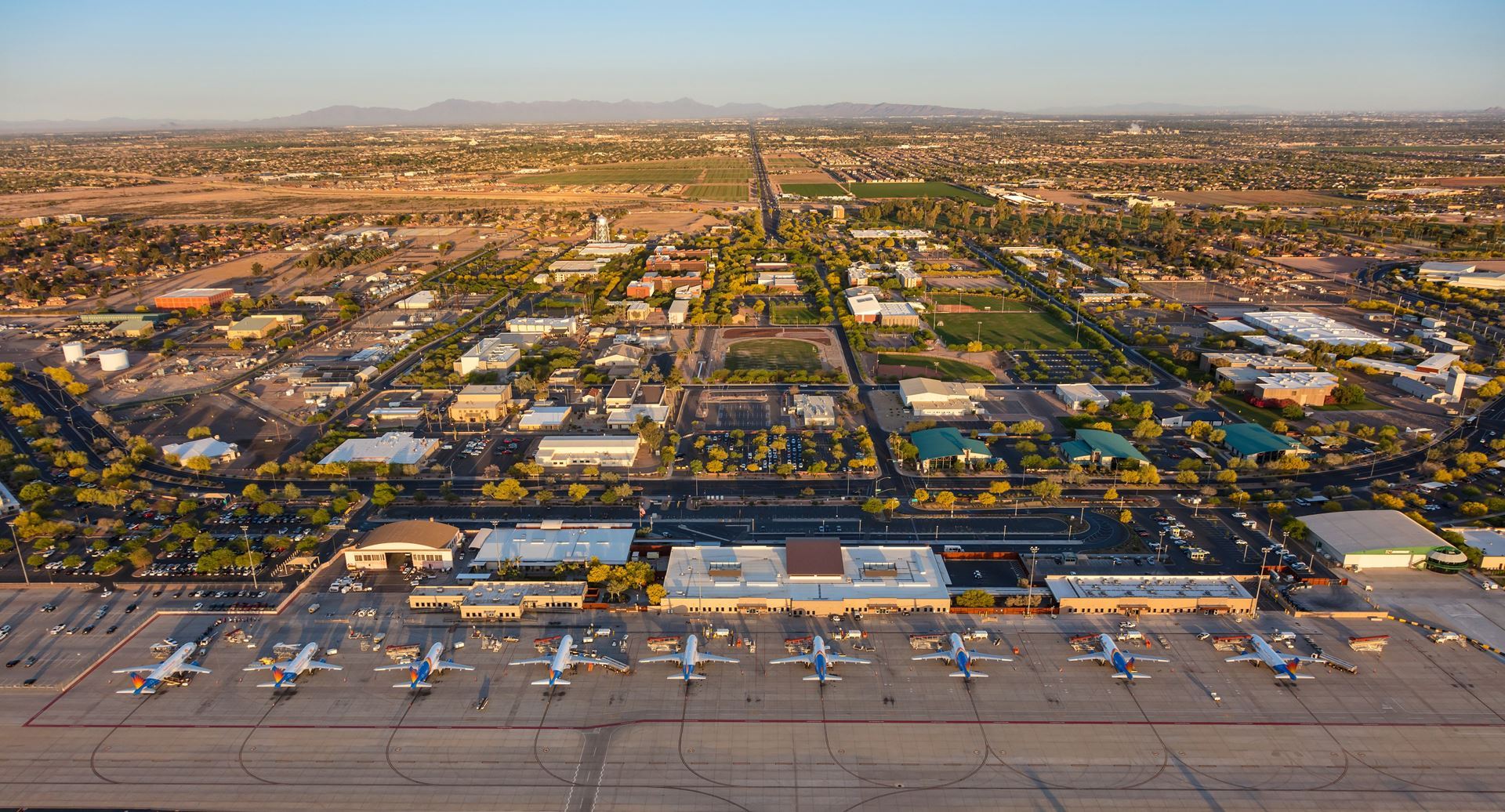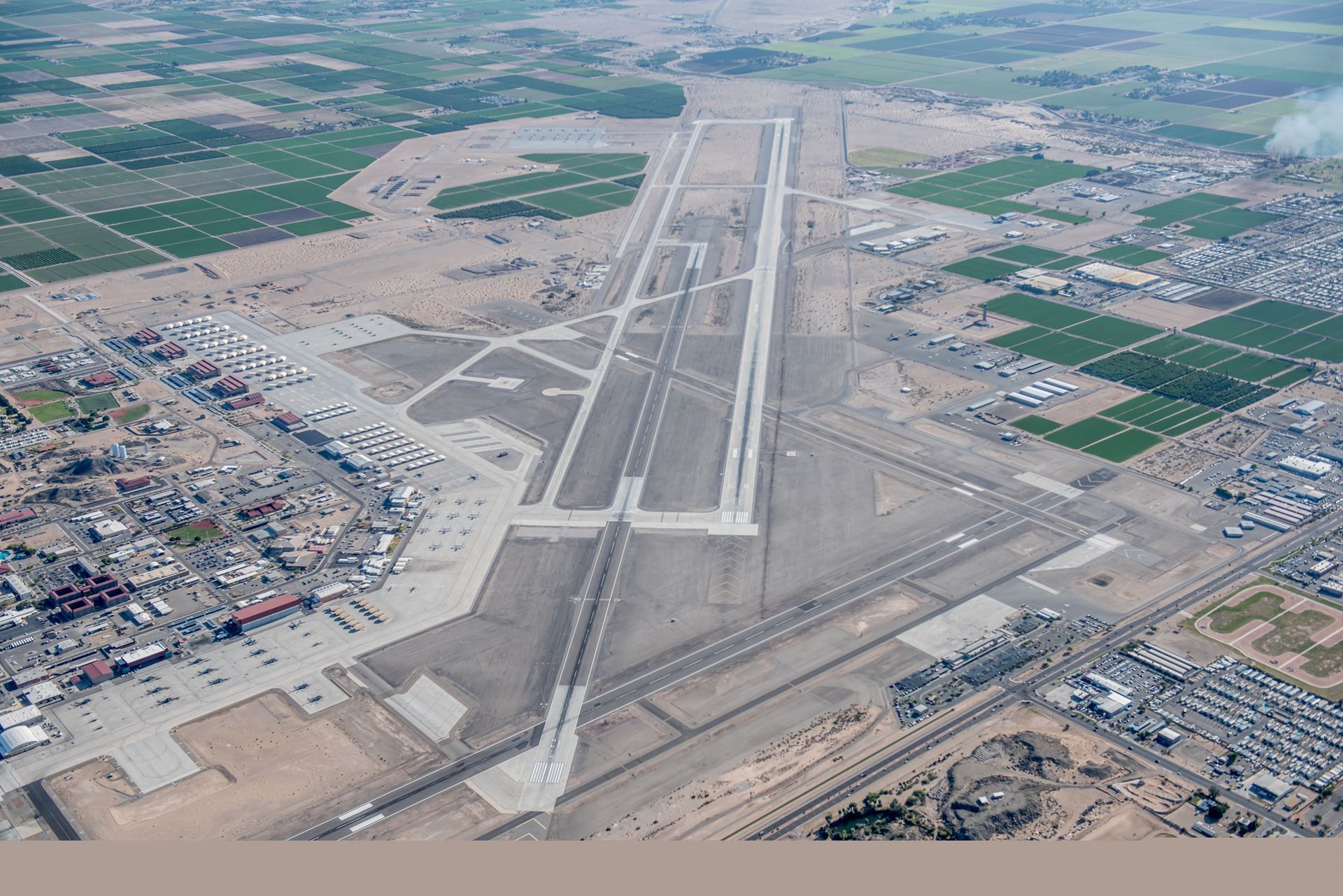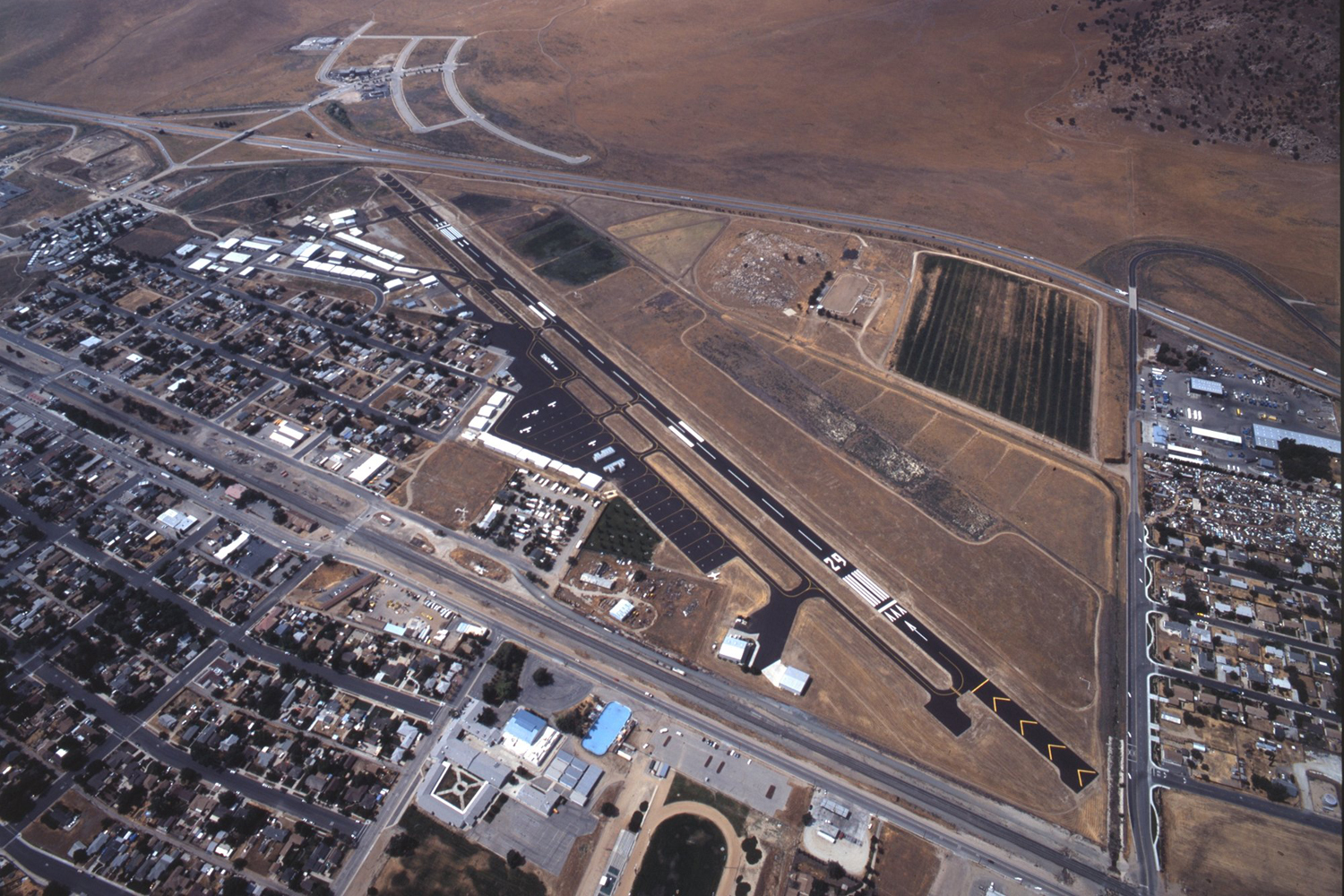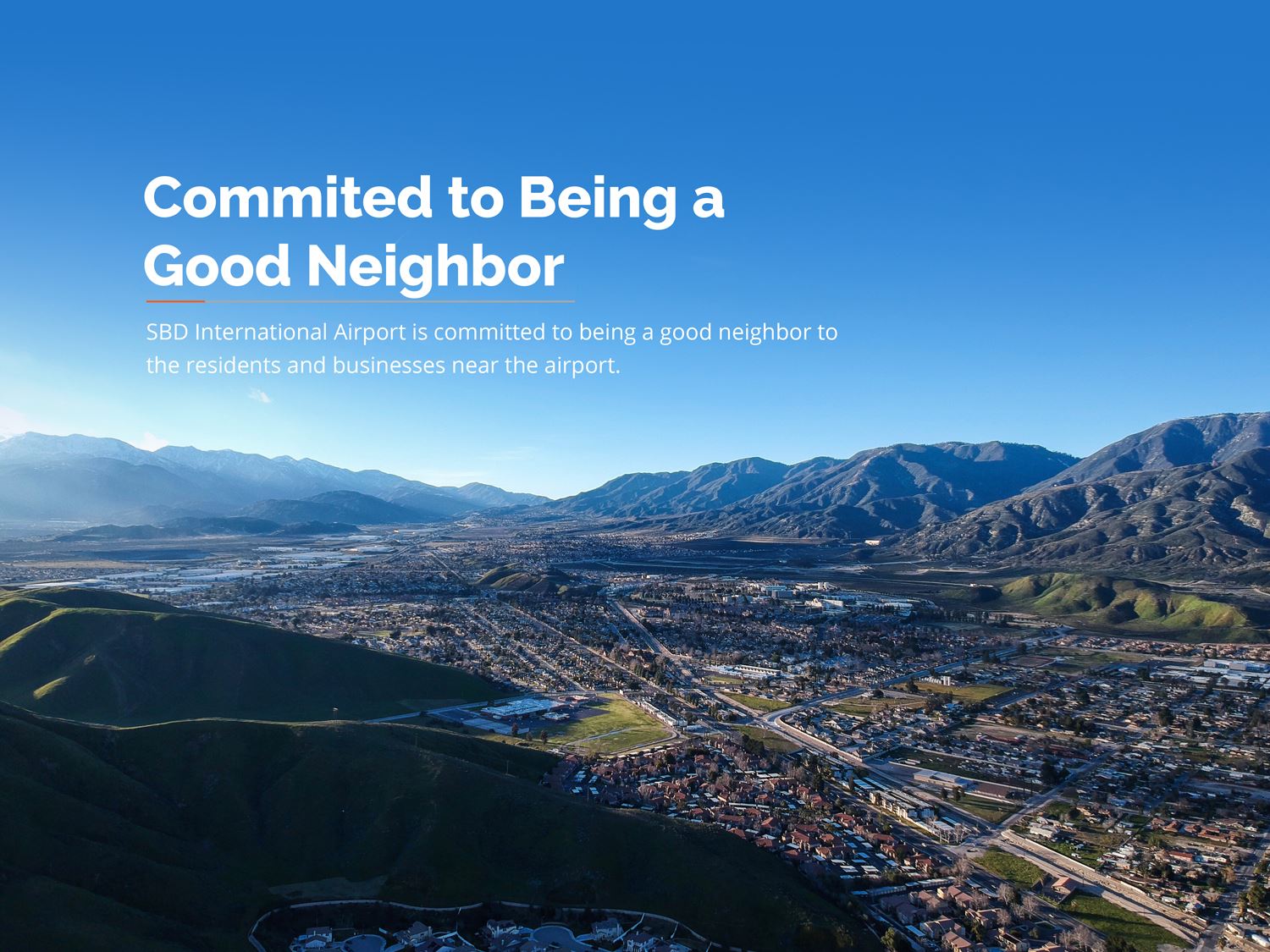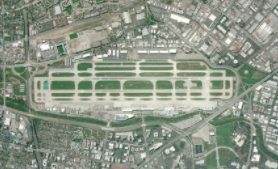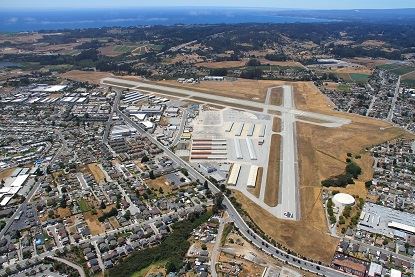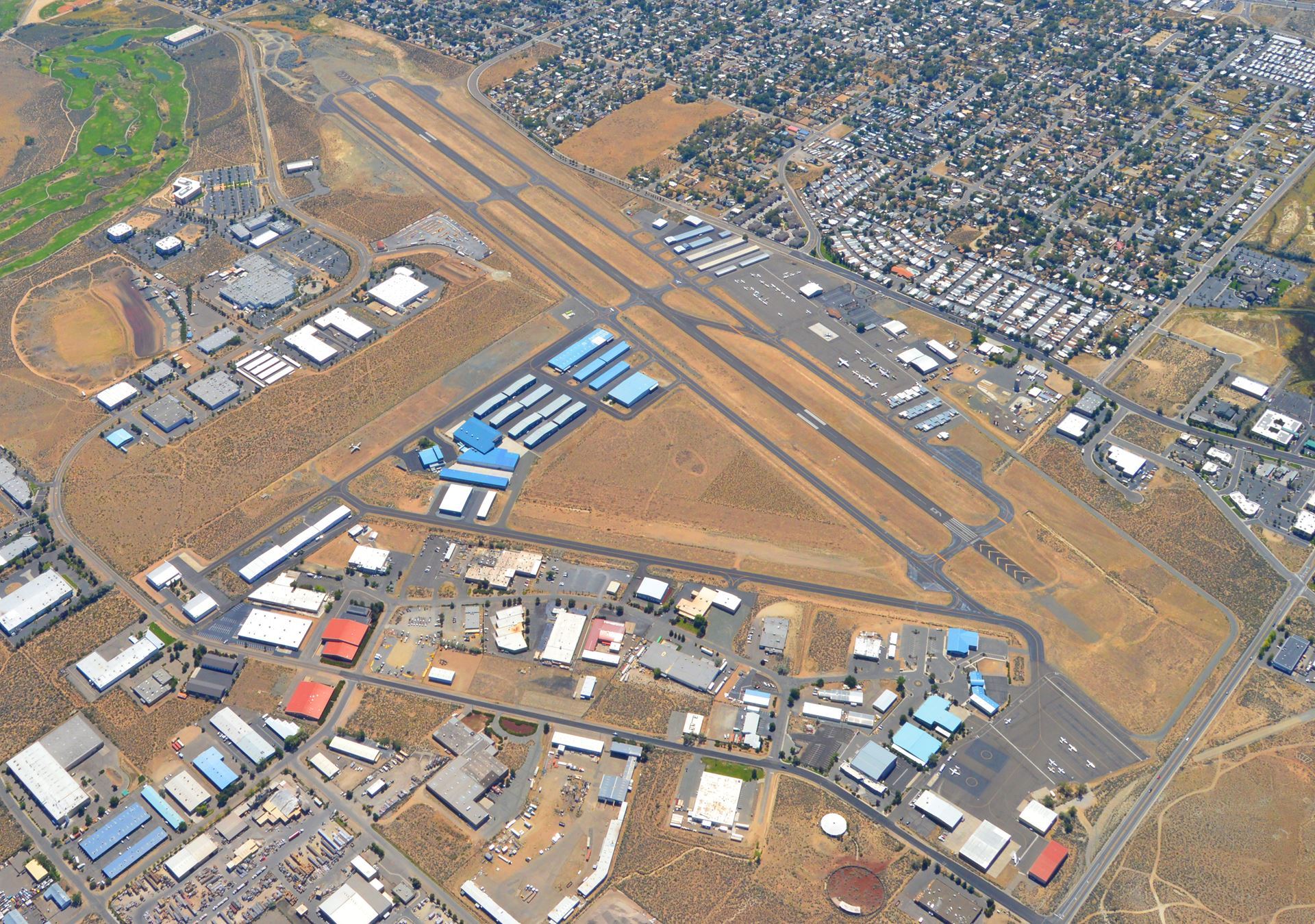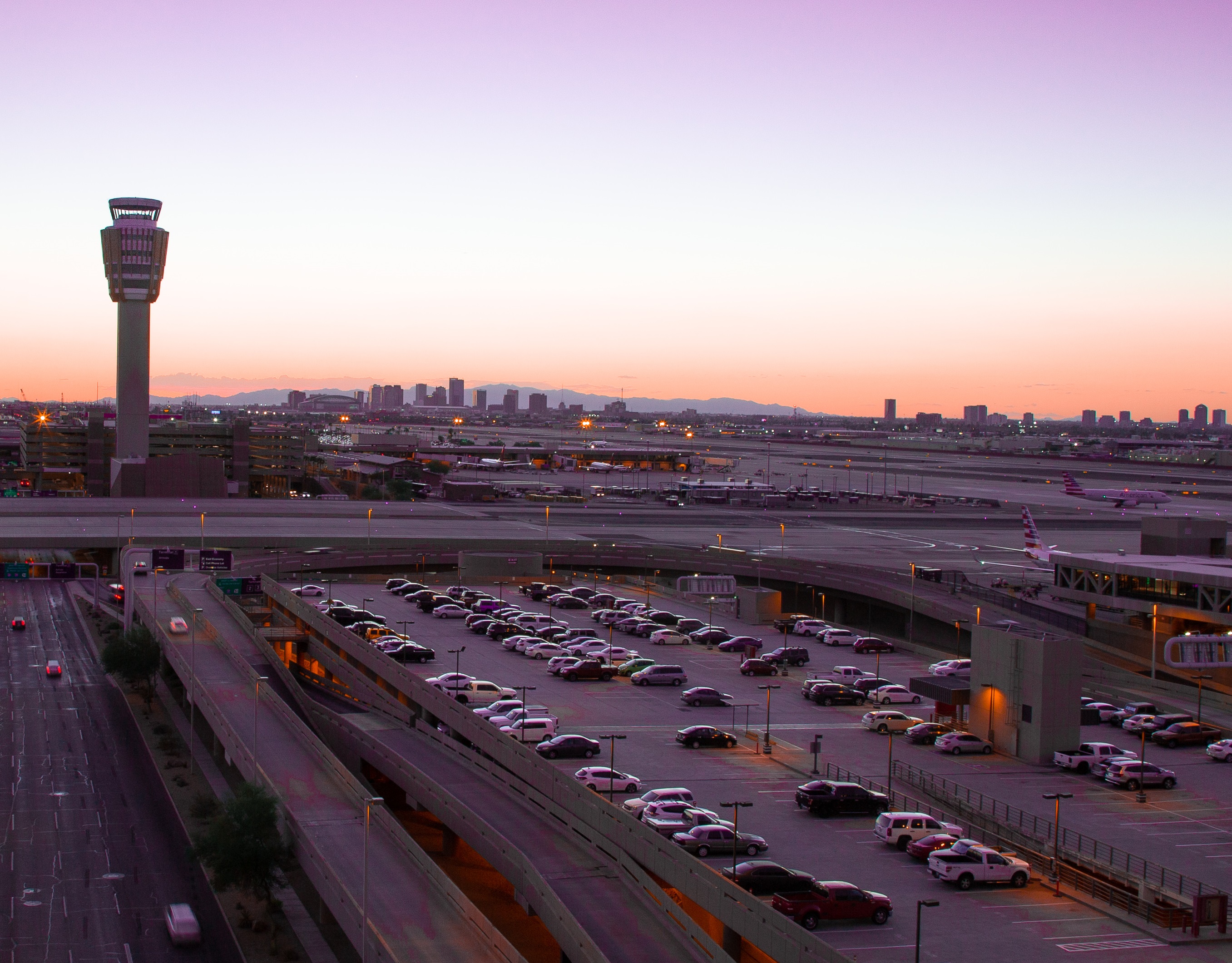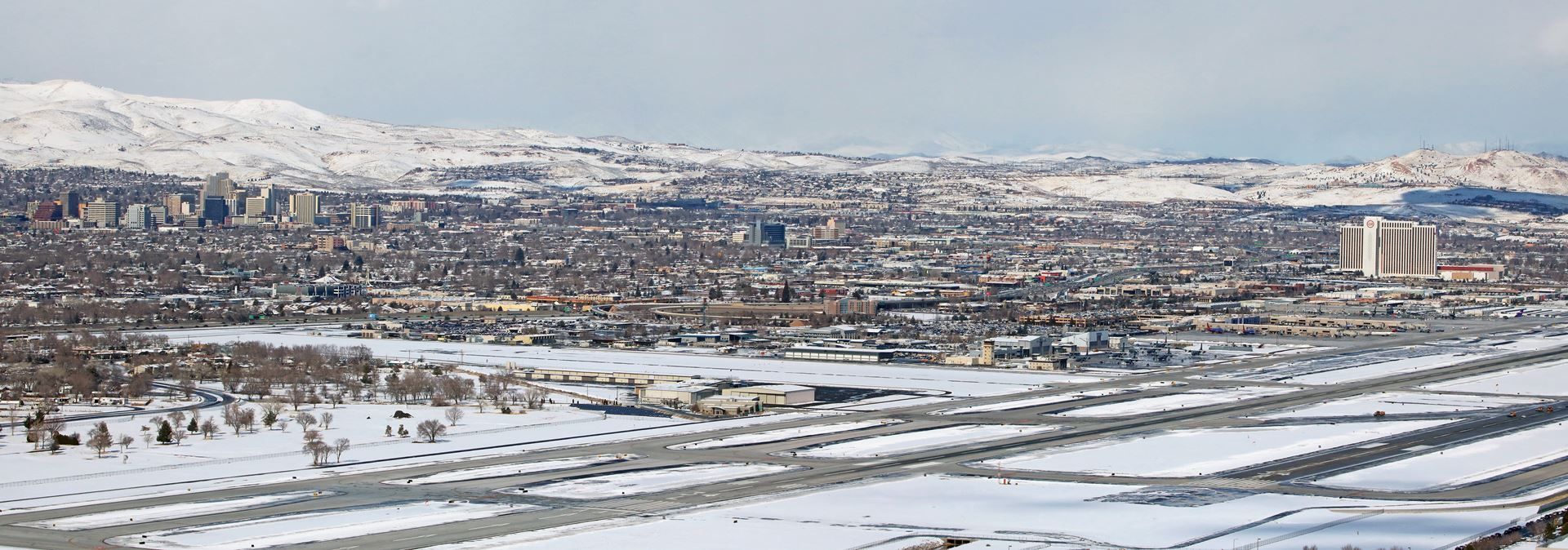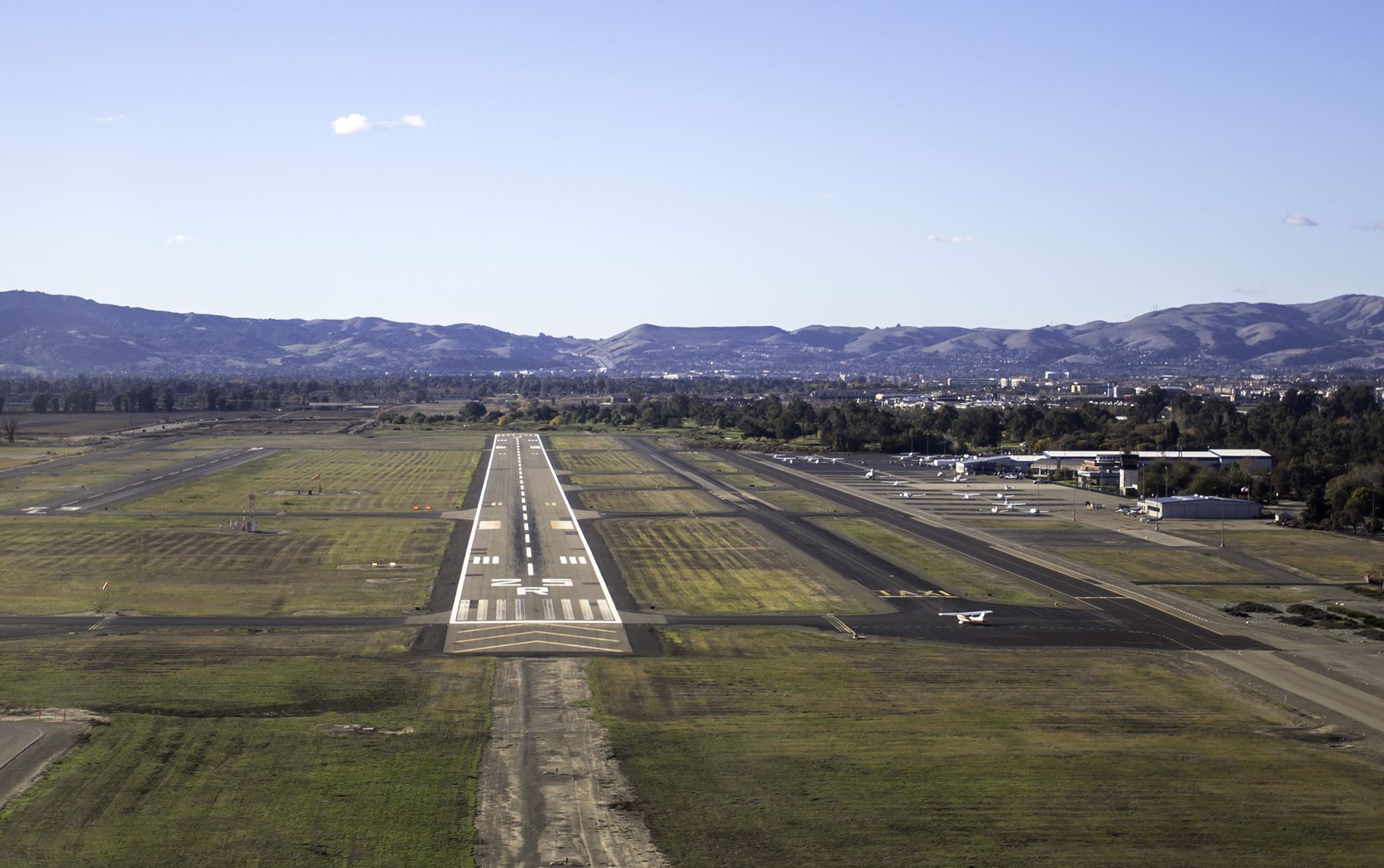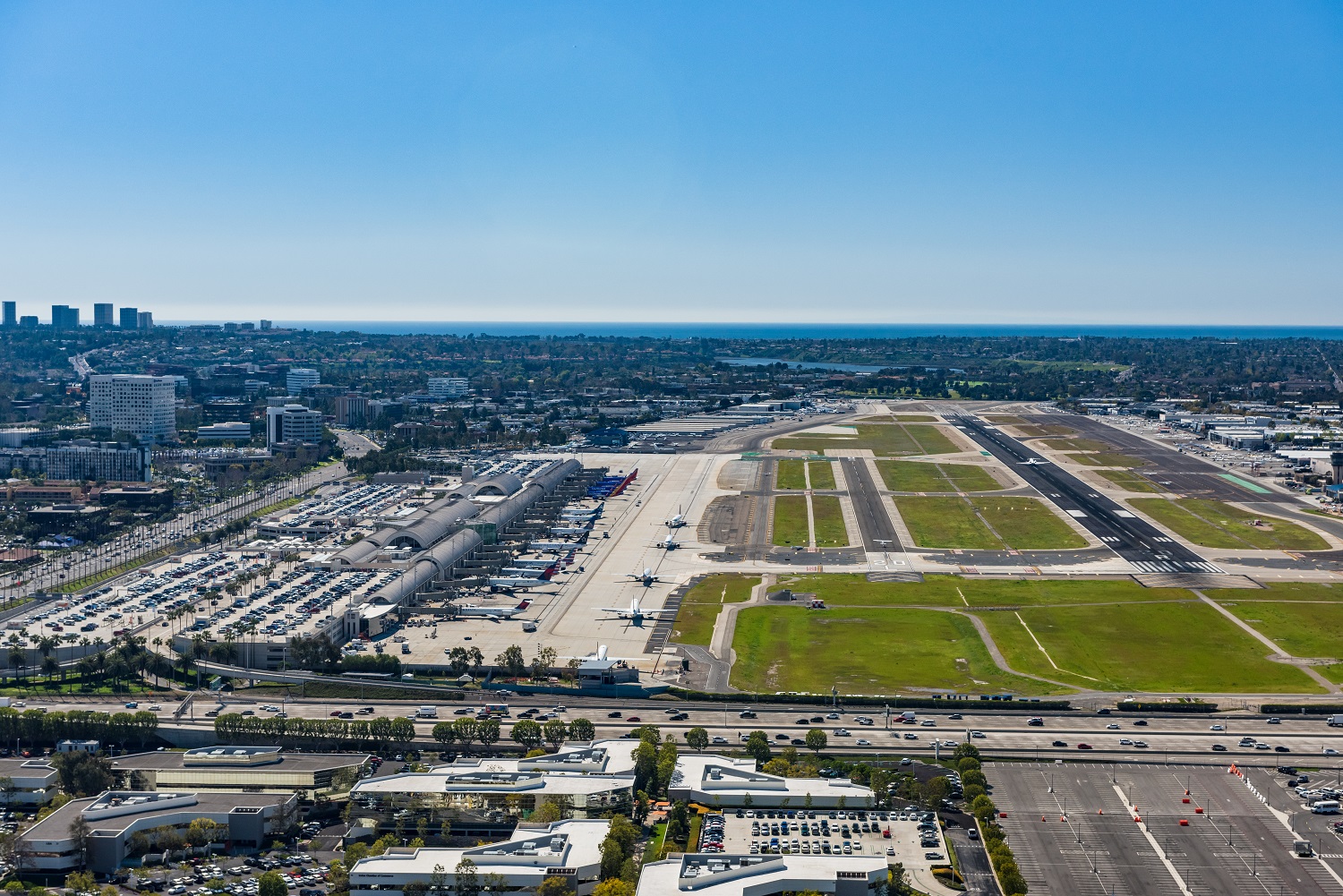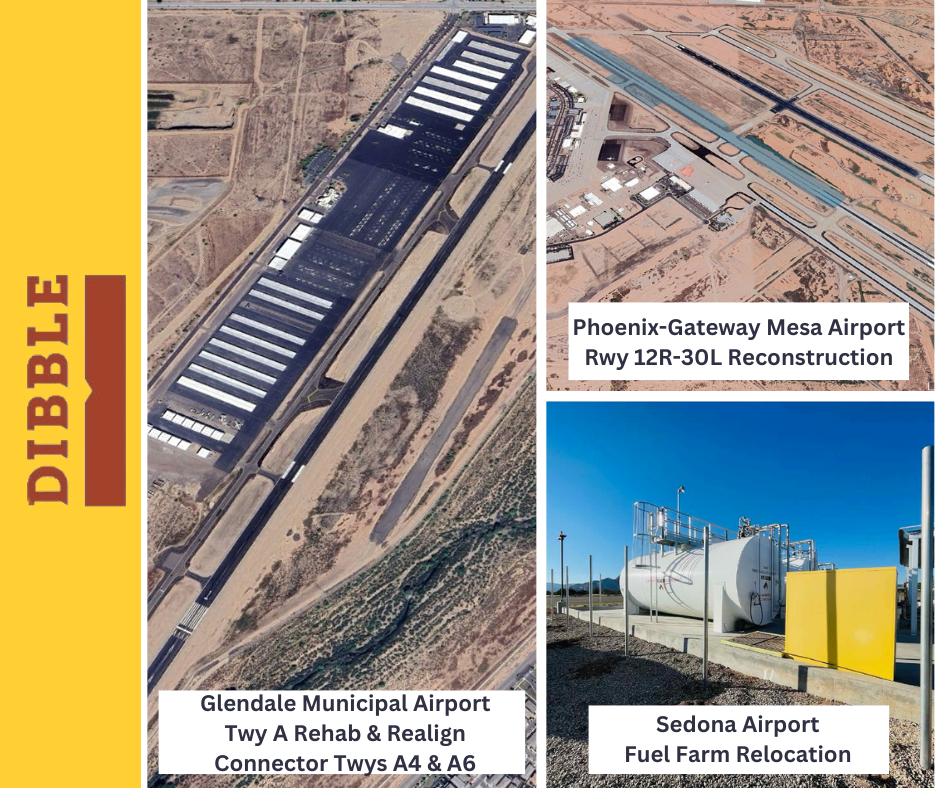Featured Corporation
 Sundt Construction
Sundt Construction
Sundt Construction, a Top 100 ENR contractor and the nation’s most awarded by AGC Build America, delivers complex aviation projects with unmatched skill and safety. Experienced in both airside and landside work, our teams ensure 24/7 operations on projects from runways and taxiways to hangars and terminals. Our expertise led us to highlights such as doubling Tucson International’s passenger capacity without disruption, finishing Wichita Falls Regional’s terminal ahead of schedule, and replacing a U.S. Air Force runway in six months. With four projects delivered at San Diego International Airport and the new Embry-Riddle Aeronautical University S.A.F.E. training facility underway, Sundt continues to advance aviation with innovation, precision and trusted expertise.
How to be the Featured Airport/Corporation
SWAAAE is asking members to contribute photos of their airports to be considered* for the background image of the website. Photos will be rotated on a monthly basis.
Photo Requirements:
- Photo must be 1500 pixels wide and be high resolution (300 dpi)
- Landscape orientation is preferred
- Please avoid submitting photos that feature a specific airline, tenant, concession, etc.
- You must own the rights to the photo and share those rights with SWAAAE.
Please submit your photos and a brief write-up about your airport to info@swaaae.org for consideration.
*Please note that we cannot guarantee your photo will be used.
Past Featured Airports
Palo Alto Airport
Palo Alto, CA
 Palo Alto Airport (PAO) is a busy, community-focused general aviation facility owned and operated by the City of Palo Alto, California. Ranked as the 4th busiest airport in the Bay Area alongside SJC, SFO, and OAK. PAO operates with a training FAA control tower and serves as a vital hub for business, recreational, and flight training activity. Located in the heart of Silicon Valley along the San Francisco Bay, the airport supports flight schools, corporate aviation, and private pilots. With its single 2,443-foot runway, a full-service fixed-base operator(s), and year-round favorable weather, PAO provides convenient access to the region while maintaining a strong commitment to noise abatement and environmental stewardship. The airport plays a key role in local emergency preparedness, business connectivity, and the regional transportation network. PAO is actively preparing for the future of aviation, including aircraft electrification, eVTOL operations, and the transition to unleaded fuels.
Palo Alto Airport (PAO) is a busy, community-focused general aviation facility owned and operated by the City of Palo Alto, California. Ranked as the 4th busiest airport in the Bay Area alongside SJC, SFO, and OAK. PAO operates with a training FAA control tower and serves as a vital hub for business, recreational, and flight training activity. Located in the heart of Silicon Valley along the San Francisco Bay, the airport supports flight schools, corporate aviation, and private pilots. With its single 2,443-foot runway, a full-service fixed-base operator(s), and year-round favorable weather, PAO provides convenient access to the region while maintaining a strong commitment to noise abatement and environmental stewardship. The airport plays a key role in local emergency preparedness, business connectivity, and the regional transportation network. PAO is actively preparing for the future of aviation, including aircraft electrification, eVTOL operations, and the transition to unleaded fuels.
Sacramento International Airport | San José Mineta International Airport |
Mojave Air & Space Port at Rutan Field |
San Luis Obispo, CA |
Charles M. Schulz - Sonoma County AirportSanta Rosa, CA | Phoenix Sky Harbor International AirportPhoenix, AZ |
Sacramento International AirportSacramento, CA | Palm Springs International AirportPalm Springs, CA |
Long Beach Airport
| Phoenix-Mesa Gateway AirportMesa, AZ |
Yuma, AZ | Tehachapi Municipal Airport
|
San Bernardino International Airport
| San Jose International Airport
|
Watsonville Municipal Airport
| Carson City Airport
|
Sky Harbor International Airport
| Reno-Tahoe International Airport
|
Livermore Municipal Airport | John Wayne Airport
|
Past Featured CORPORATIONS
SP Plus Metropolis

Metropolis Technologies, Inc., founded in 2017 and headquartered in Santa Monica, California, is an artificial intelligence company specializing in computer vision technology to facilitate checkout-free payment experiences in the physical world.
In 2022, Metropolis acquired Nashville-based Premier Parking and in 2024, the company completed a $1.5 billion acquisition and take-private of SP Plus Corporation, solidifying its position as the largest parking operator in North America, overseeing more than 4,300 locations, including more than 75 airports in the US, and employing over 23,000 individuals.
Read more
Metropolis's proprietary AI-driven platform provides seamless parking convenience for over 13 million customers today, scaling up to more than 50 million by 2026. Initially focusing on revolutionizing parking, Metropolis enables users to seamlessly "drive in and drive out" of parking facilities and airports today including San Antonio International, Dayton, and Aspen. In the near future Metropolis will bring the same ticketless experience to other verticals including refueling, quick serve restaurants, and much more.
Aviation Project
San Antonio International Airport Introduces AI-Powered Check-Out Free Parking
San Antonio International Airport (SAT) has become the first airport in the United States to implement the Metropolis Computer Vision platform, revolutionizing the parking experience for travelers. This cutting-edge system utilizes artificial intelligence and machine learning technology to create a seamless, check-out free parking process.
How It Works
The Metropolis platform combines advanced technology with world-class operations to automatically identify and process vehicles entering and exiting SAT’s public parking facilities. Once a customer registers their vehicle to pay to park just one time, they can enjoy effortless access without needing to pull a ticket or manually pay upon departure. This saves time and takes the stress out of airport parking.
Beyond simply reading license plate numbers, the Metropolis system captures comprehensive vehicle details, including make, model, color, and even visible characteristics such as dents, cracked windshields, or spare tires. This ensures accurate vehicle identification, entry and exit image pairing, and precise fee calculation based on parking location and duration.
Easy Registration & Automated Payment
Registering a vehicle with Metropolis is straightforward. Customers can set up an account and store a payment method by scanning a QR code displayed throughout SAT’s parking facilities. Once registered, the system automatically recognizes the vehicle (or any vehicle added to a user’s account), raises the entry and exit gates, and charges the parking fee seamlessly. A digital receipt is then sent directly to the customer’s email or mobile device. This experience is available to over 13M registered customers nationwide from a portfolio of over 1,300 Metropolis parking facilities in major markets in addition to San Antonio like Austin, Los Angeles, Chicago, New York, and hundreds more.
On subsequent visits to SAT or any other Metropolis-enabled parking facility, the entire parking process remains fully automated. This innovation eliminates the need for traditional Parking Access and Revenue Control (PARC) systems, significantly reducing operating costs for the airport from line items like equipment maintenance, paper tickets, receipts, and printer supplies.
Enhanced Customer Convenience
The AI-powered parking solution enhances the traveler experience by eliminating common frustrations associated with airport parking. Customers no longer need to worry about losing their parking ticket or fumbling with credit cards at exit lanes—reducing congestion and expediting departures. Additionally, the system’s digital receipts contribute to a more environmentally friendly, paper-free experience. Over 10,000 visitor surveys rated the SAT parking experience with Metropolis an average of 4.5/5 stars.
Seamless Integration with Pre-Booked Parking
SAT has also integrated Metropolis’ AeroParker reservation platform with the Vision platform, offering even greater convenience for travelers. Customers who pre-book their parking stay can drive in and out effortlessly, as their vehicle’s license plate is automatically paired with their reservation.
By implementing this AI-driven technology, San Antonio International Airport is setting a new standard for efficiency and convenience in airport parking, providing travelers with a stress-free, streamlined experience.
Terracon Consultants, Inc.
Wherever you are on your project journey, Terracon's employee-owners are ready to meet you where you are and help you reach your goal. Since our founding in 1965, Terracon has grown into a thriving, employee-owned, multidiscipline engineering consulting firm delivering facilities, environmental, geotechnical, and materials services. Our more than 6,000 curious minds include engineers, scientists, architects, facilities experts, and field professionals focused on solving engineering and technical challenges from more than 175 locations nationwide. Read moreOn-time and real-time data-driven insights, provided by our talented employee-owners, create an unmatched client experience that spans the lifecycle of any project from earth to sky. Terracon consistently ranks as a top 20 design firm by Engineering News-Record. Our successful growth has included organic expansion and innovation and acquiring more than 60 firms with specialized capabilities. A focused and uncompromising dedication to safety has been integral to how we support our employees, clients, and communities Aviation Market Terracon airport experience includes more than 15,000 geotechnical, materials testing, environmental and facilities projects across North America over the last 20 years. Our teams are well-versed in adhering to FAA guidelines and requirements. Whether working at large hubs or regional airports, we understand the challenges of airport construction and renovation. Our environmental practitioners understand the evolving PFAS regulatory landscape, and our experts can help you successfully navigate your PFAS journey and manage project risk. At Terracon, we know airports. From site selection to the design and construction to maintaining the structure's life, we'll help you succeed through engineering and scientific expertise, a passion for problem-solving, and a drive to explore. We're ready when – and where – you are. Explore with us! | Dibble
Dibble was incorporated as Dibble and Associates Consulting Engineers, Inc. in 1962. The firm has been doing business as Dibble since 2008. Since its inception in 1962, Dibble has provided quality engineering services to both public and private sector clients. Our position as a leader in civil engineering is a result of our cultural emphasis on developing and maintaining long-term relationships. For the past 60 years, Dibble has assisted its clients in achieving their goals by delivering high-quality, responsive, and value-priced consulting services. Read moreDibble has six offices in two states and offers the following specialty areas: Airport Development, Flood Control, Structural Engineering, Survey+GIS, Infrastructure Rehabilitation, Land Development, Program Management, Traffic Engineering, Transportation, and Water+Wastewater. The company’s organizational structure allows for flexibility in managing multi-discipline projects to focus on the more specialized needs of each project with the full support and resources of each practice. Dibble employs a talented and experienced staff of 143 people, including engineering, planning, surveying, construction, and administrative professionals. The depth of Dibble’s experience and the expertise of its engineers and technical specialists provides the necessary resources to effectively respond and commit to on-call contracting. Its Airport Development Practice portfolio includes programming, planning, design, and construction administration for airport development projects – both airside and landside. Dibble is well-versed in Airport Capital Improvement Programming, including Federal Aviation Administration (FAA) and state grant coordination, as well as Disadvantaged Business Enterprise (DBE) planning and programming; ensuring the most efficient and orderly planning for airport capital needs. Dibble provides planning, design, and construction phase services for a multitude of projects including but not limited to: · Airport Master Plans · Environmental assessments · Focused planning studies · Drainage Master Plans · Reconstruction and rehabilitation of Runways, Taxiways/ Taxilanes, and Aprons · Airfield Lighting and Signage · New Terminals, including Improvements, Modernizations, and Expansions · Aircraft Hangars and Shade Structures · Pavement Maintenance including Crack Seals and Seal Coats · Storm Water Drainage infrastructure · Wildlife Perimeter Fencing · Security fencing, access control gates and other security improvements · Underground utilities · Roadways and parking facilities · Fueling facilities · Navigational and visual aids Projects that Dibble has recently completed or will soon provide services on (pending FAA funding) include (see photos): · Sedona Airport - Fuel Farm Relocation · Phoenix-Gateway Mesa Airport – Runway 12R-30L Reconstruction · Glendale Municipal Airport - Taxiway A Rehabilitation and Realignment of Connector Taxiways A4 and A6 Learn more about Dibble at www.dibblecorp.com. |


